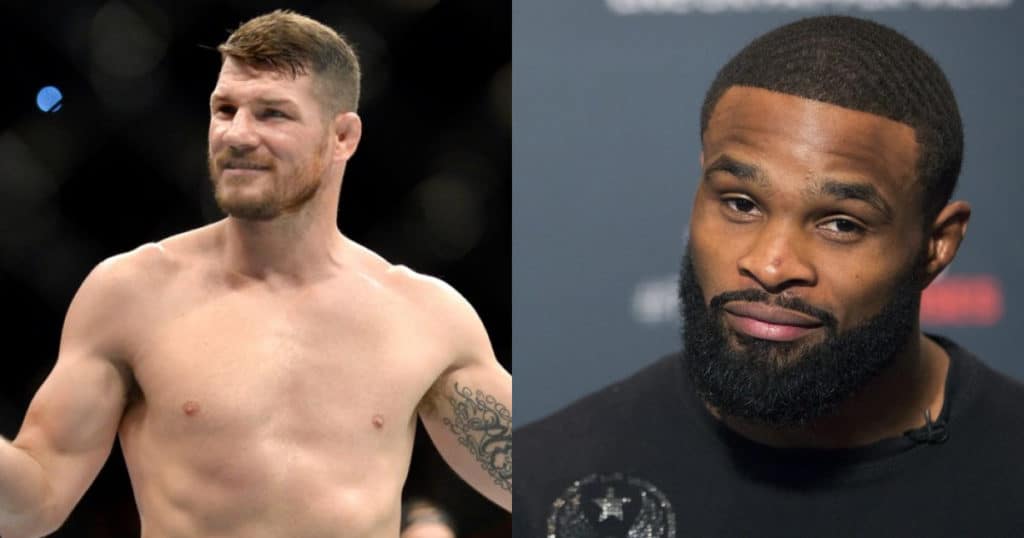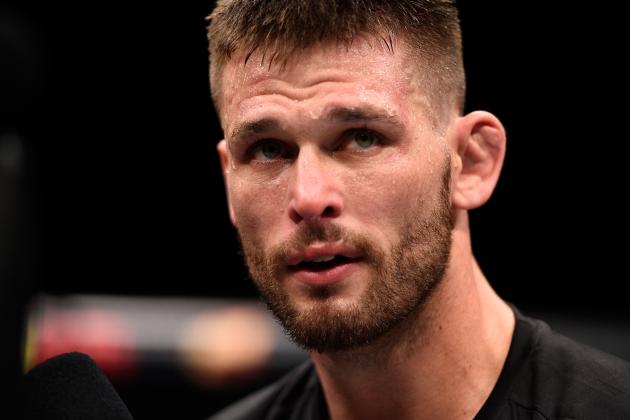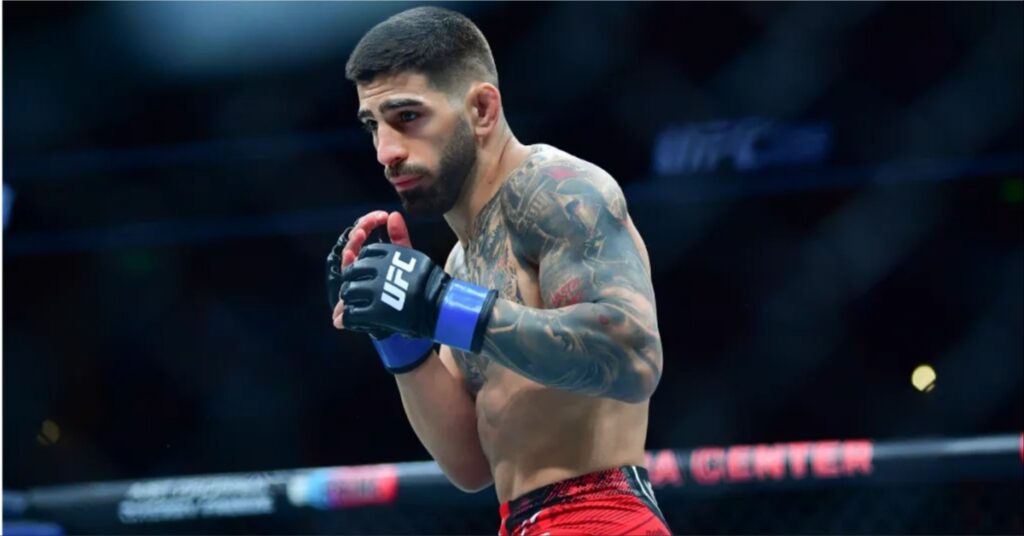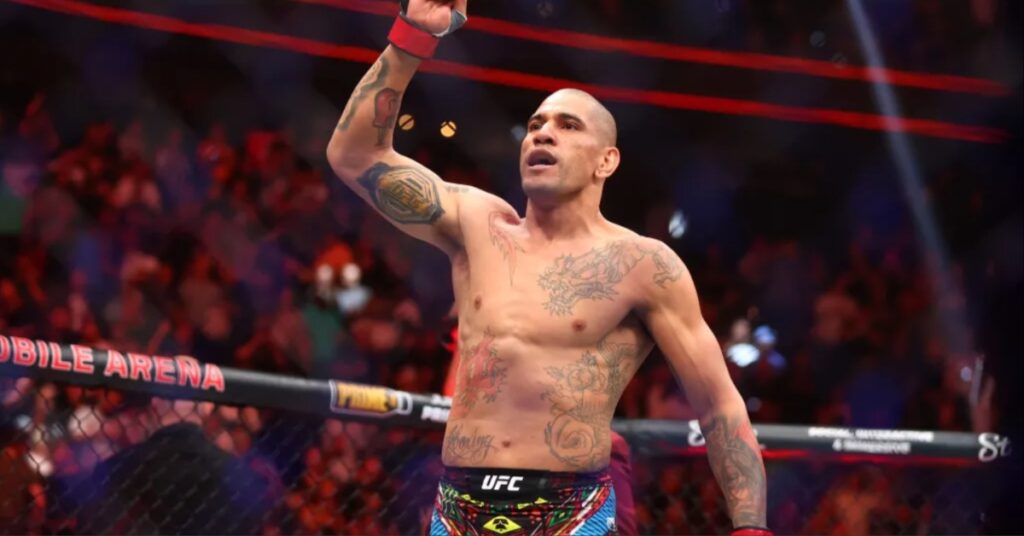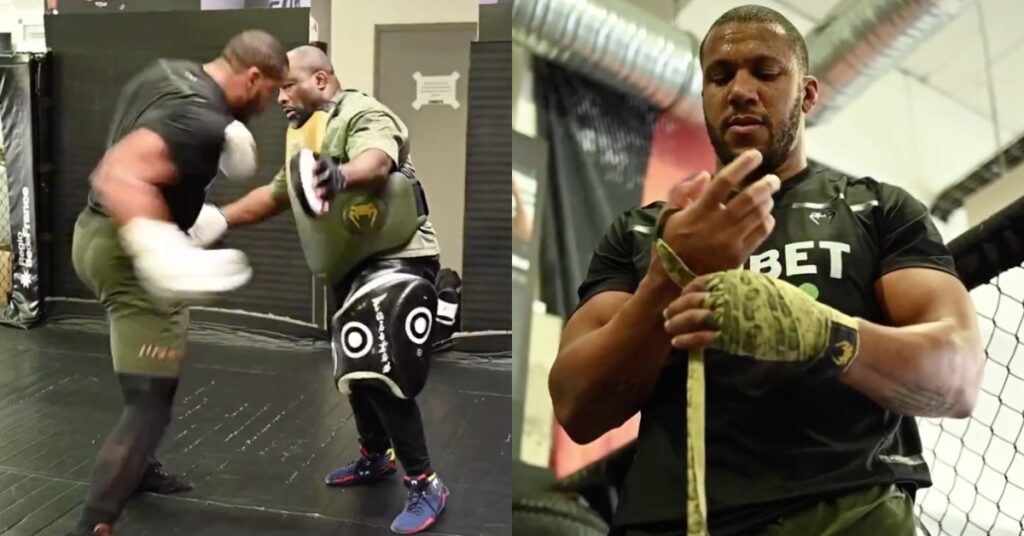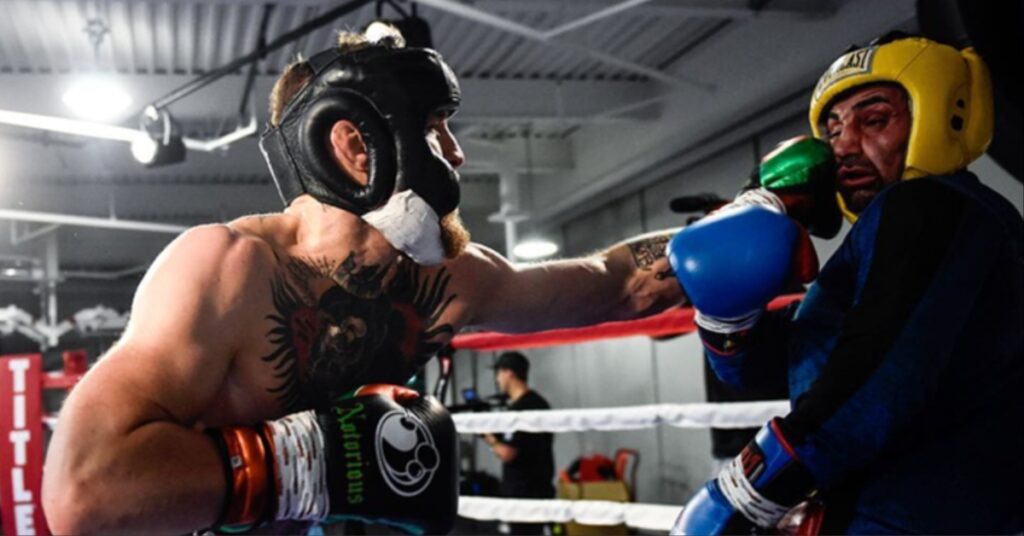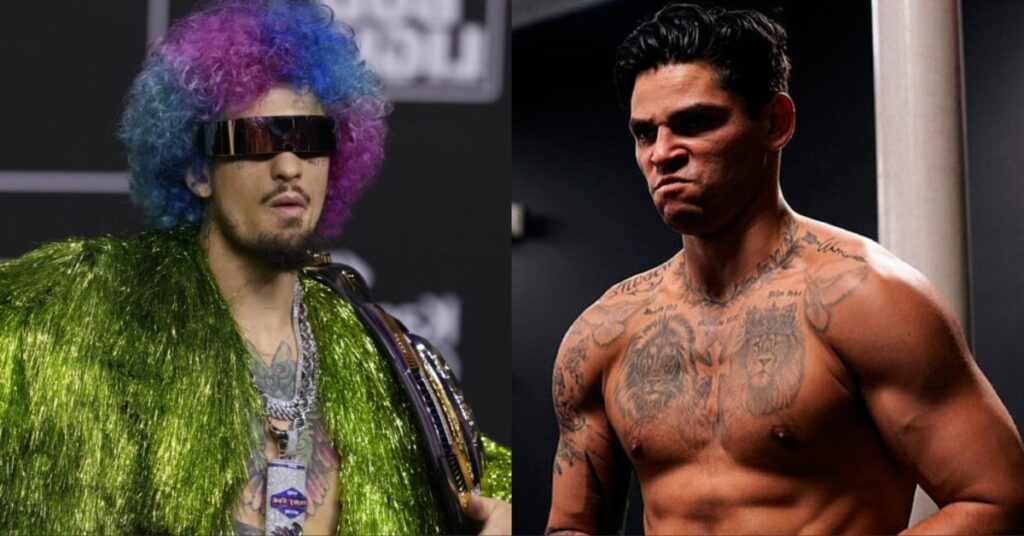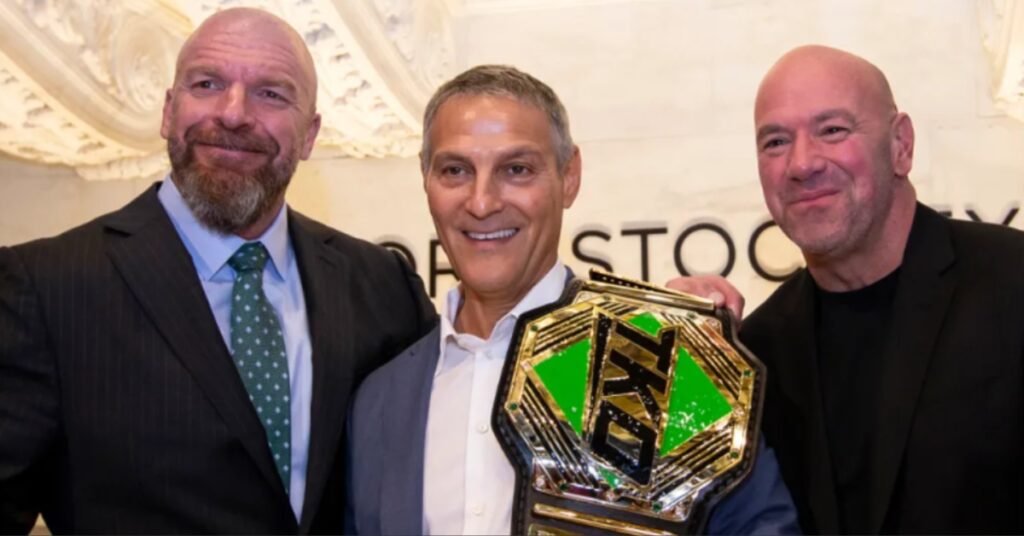Five Reasons The UFC’s 2017 May Not Live Up To 2016
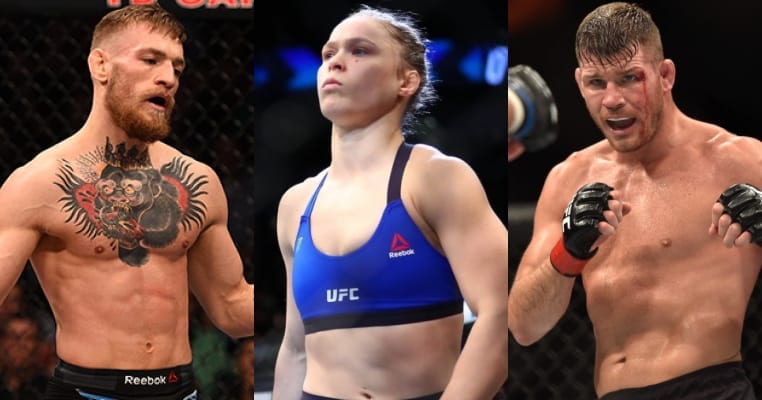
The UFC had a banner year in 2016. Zuffa sold the sports franchise to WME-IMG for a mind-boggling $4 billion. There were several marquee events that brought in massive revenue, including UFC 200, UFC 202, and the promotion’s first foray into Madison Square Garden at UFC 205. Conor McGregor became the first-ever simultaneous two-division UFC champion and his star rose higher than ever, taking the UFC with it.
But 2017 isn’t looking as rosy for the world’s premiere mixed martial arts (MMA) promotion. A slew of issues confront the new owners. These problems could conspire to deny fans the number of marquee events, historic moments, and highly-anticipated fights they enjoyed this past year. Let’s examine the reasons 2017 might not live up to the lofty expectations set by a thrilling 2016.
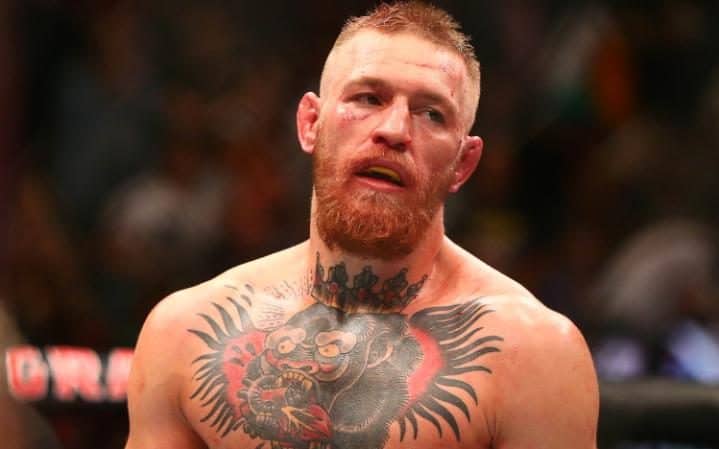
Contents
1. Lack Of Superstars
The new owners at William Morris Endeavor have to be sweating that $175 million bonus they were looking forward to, and a lack of available superstars heading into 2017 is the primary culprit.
Following UFC 205 this past November, the company’s brightest star, Conor McGregor, announced he would be taking time off for the birth of his first child. It was later announced that he could be out for 10 months, putting his return in the fall of 2017. If that projection holds true, McGregor is likely to fight only once this year.
Ronda Rousey, the promotion’s second-best (or maybe best) draw and its most popular crossover star, may never fight again. She took 13 months off following her first loss to Holly Holm in November 2015 and just suffered a second setback to Amanda Nunes at UFC 207. The UFC would likely be ecstatic if she fought even once this year. This is a steep decline after the two combined to fight four times, headlining four huge money-making events in 2016.
Other potential stars who might help fill the void are also out of action. Brock Lesnar, perhaps the biggest draw before the McGregor-Rousey tandem came along, just got hit with a one-year ban. His fighting future is very much in doubt. The same is true of Jon Jones. While he is expected to return to active competition following his suspension, does anyone really trust Jones to stay out of trouble and fight consistently anymore?
Jones’s former teammate Georges St-Pierre is a reliable draw, but he cannot seem to come to terms with the UFC for a comeback fight. He also doesn’t need to fight, and his relationship with UFC brass is further complicated by his involvement with the MMAAA.
The UFC also has to be desperate for big-money fights. This might lead them to choose an ill-advised and short-sighted strategy for producing them. Does that sound familiar?
2. The Debacle Of Women’s Featherweight
The Ultimate Fighting Championship is so desperate for quality pay-per-view (PPV) headliners that they decided to create a whole new division. On its face, creating a new women’s division isn’t a bad idea. Adding another belt that the UFC can put into the PPV or FOX headliner rotation makes sense. It is certainly preferable to creating a new interim-interim championship scenario.
Unfortunately, the inaugural title fight between Holly Holm and Germaine de Randamie was widely panned. Fans asked, “Why is this fight being made without Cris Cyborg?””
Cyborg claimed she could not be ready for the February date the UFC needed a headliner for, so they went ahead and booked one without her. Then, if it were even possible, the situation blew up in their collective face even more.
Cyborg tested positive for a banned diuretic, for which she could face a one-year suspension. Hurrying the featherweight title fight up to February instead of Cyborg’s desired March date is now a moot point, but the viability of a featherweight championship now rested solely on the shoulders of an embattled former champion.
Prior to Justino’s failed drug test, the company had two viable options with which to follow Holm vs. de Randamie going into this past weekend’s UFC 207. If Rousey lost to Amanda Nunes, Cyborg could face the newly minted featherweight champion. A Holly Holm vs. Cyborg fight would be nothing to sneeze at from a box office standpoint.
The other, more lucrative option would occur if Rousey had managed to win this weekend. She could turn around and fight for the featherweight title and try to become the second simultaneous two-division UFC champion. And if that fight came against Holly Holm, so much the better.
But with Cyborg’s failed test and Rousey’s humiliating loss, there is no obvious follow-up featherweight title fight to make. Amanda Nunes could take on the winner, but that would leave bantamweight extremely depleted. The whole situation has gone horribly wrong. Rather than being a welcome and lucrative addition to the UFC, women’s featherweight may just end up cannibalizing 135.
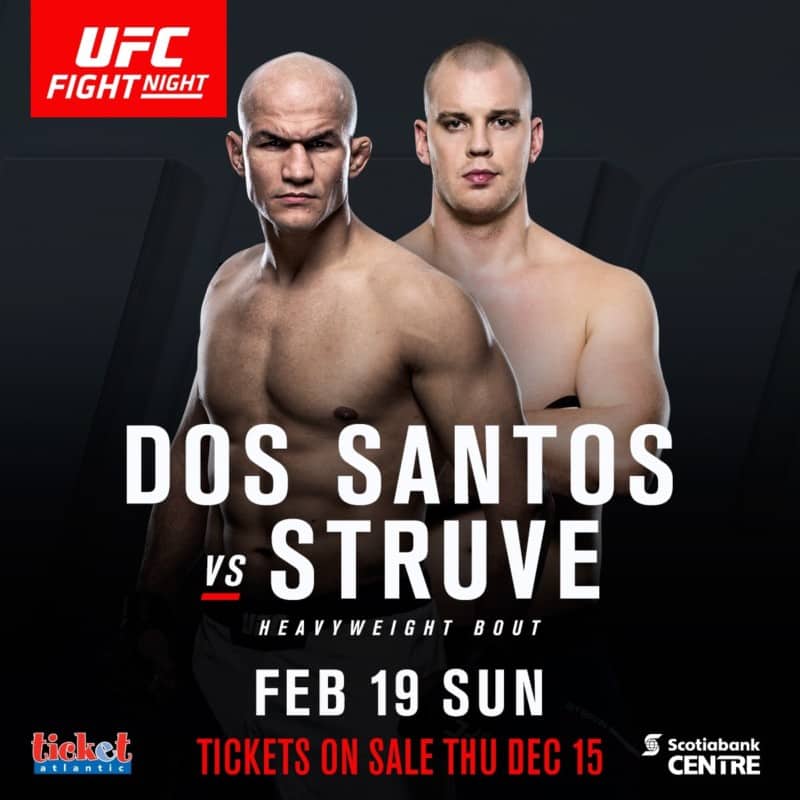
3. Currently Scheduled Main Events Are Unimpressive
Here is the list of currently scheduled main events for 2017: Yair Rodriguez vs. BJ Penn, Valentina Shevchenko vs. Julianna Pena, Dennis Bermudez vs. Chan Sung Jung, Holly Holm vs. Germaine de Randamie, Junior Dos Santos vs. Stefan Struve, and Kelvin Gastelum vs. Vitor Belfort.
There is simply nothing resembling anything close to an enormous, show-stopping bout to look forward to at this point in 2017. This goes back to the first reason to have a pessimistic attitude toward this year: a lack of stars.
Fortunately, the women’s featherweight title is the only title fight that is currently booked. The other 10 champions (11 if you count new interim featherweight titleholder Max Holloway) are not yet scheduled. So there are many big fights to come.
Unfortunately, some could be blatant cash grabs no one asked for.
4. WME-IMG And The Rise Of Meaningless Superfights
The ascendance of Conor McGregor over the past two years has given rise to the “moneyweight” division, and many fighters are trying to join its ranks.
McGregor’s desire to become a two-division champion at featherweight and lightweight infamously led to a two-fight foray into the welterweight division. He proved that belts, weight classes, and rankings mean less than star power and entertaining trash talk. Other fighters are taking note.
Many fighters have been calling for big-money bouts in victorious post-fight interviews. TJ Dillashaw and Khabib Nurmagomedov are good recent examples. But the recent backstage verbal agreement between Michael Bisping and Tyron Woodley represents the worst of this trend.
Don’t get me wrong: I am absolutely all for fighters making as much money as they can. But the irritating side effect of something like McGregor’s welterweight adventure is that whole divisions get backlogged. Contenders who have earned title shots have to sit idle or fight – and eliminate – one another.
WME-IMG is not trying to “grow the sport” of MMA the way the Fertitta brothers and Dana White set out to when they bought the UFC. The corporate conglomerate is interested in only one thing: money, and money now, to be specific. So they might book Bisping vs. Woodley if they think it will draw more than Bisping vs. Romero or Woodley vs. Thompson 2. They’ll book it even if it doesn’t make any sense, even though there several fighters in both divisions ready and waiting for title opportunities.
We’ve long known MMA is not a meritocracy; this is prize-fighting, emphasis on “prize”. But now the entire notion of “earning a title fight” is out the window.
5. Ununified Rules
In addition to fewer spectacular fights, 2017 also brings with it confusing and possibly detrimental changes to the “Unified Rules” of MMA. The problem isn’t necessarily with the rule changes themselves. The issue lies in the fact that not all state commissions are ratifying the rule changes, meaning there will be different rule sets in different states.
The prospect of new rules already caused confusion and the unfortunately early end to an otherwise exciting fight. The very first fight of UFC 207 ended in a No Contest when Tim Means deliberately and illegally kneed Alex Oliveira while the Brazilian was on one knee. Kneeing a “downed” opponent in the head has never been legal under the Unified Rules, and it is still illegal under the new rules that went into effect on January 1.
Not only was Means confused – he insisted, even after the fight was called, that his strikes were legal – but Marc Ratner, VP of Regulatory Affairs for the UFC, and Joe Rogan, longtime UFC commentator agreed with him.
The rule that is to be changed regarding kneeing a downed opponent is that a fighter can no longer put one hand on the mat to be considered downed. As if rule changes were not confusing enough, but now they are being inconsistently applied across the country. A fighter, in the heat of the moment, will have to remember that he is fighting in New Jersey and therefore cannot knee his opponent the way he did three months earlier in Nevada. Many fear that this inconsistency will result in more prematurely ended fights and No Contests.

![Five Reasons The UFC's 2017 May Not Live Up To 2016 3 Cyborg-vs-Ibragimova_008[1]](https://www.lowkickmma.com/wp-content/uploads/2016/10/Cyborg-vs-Ibragimova_0081.jpg)
